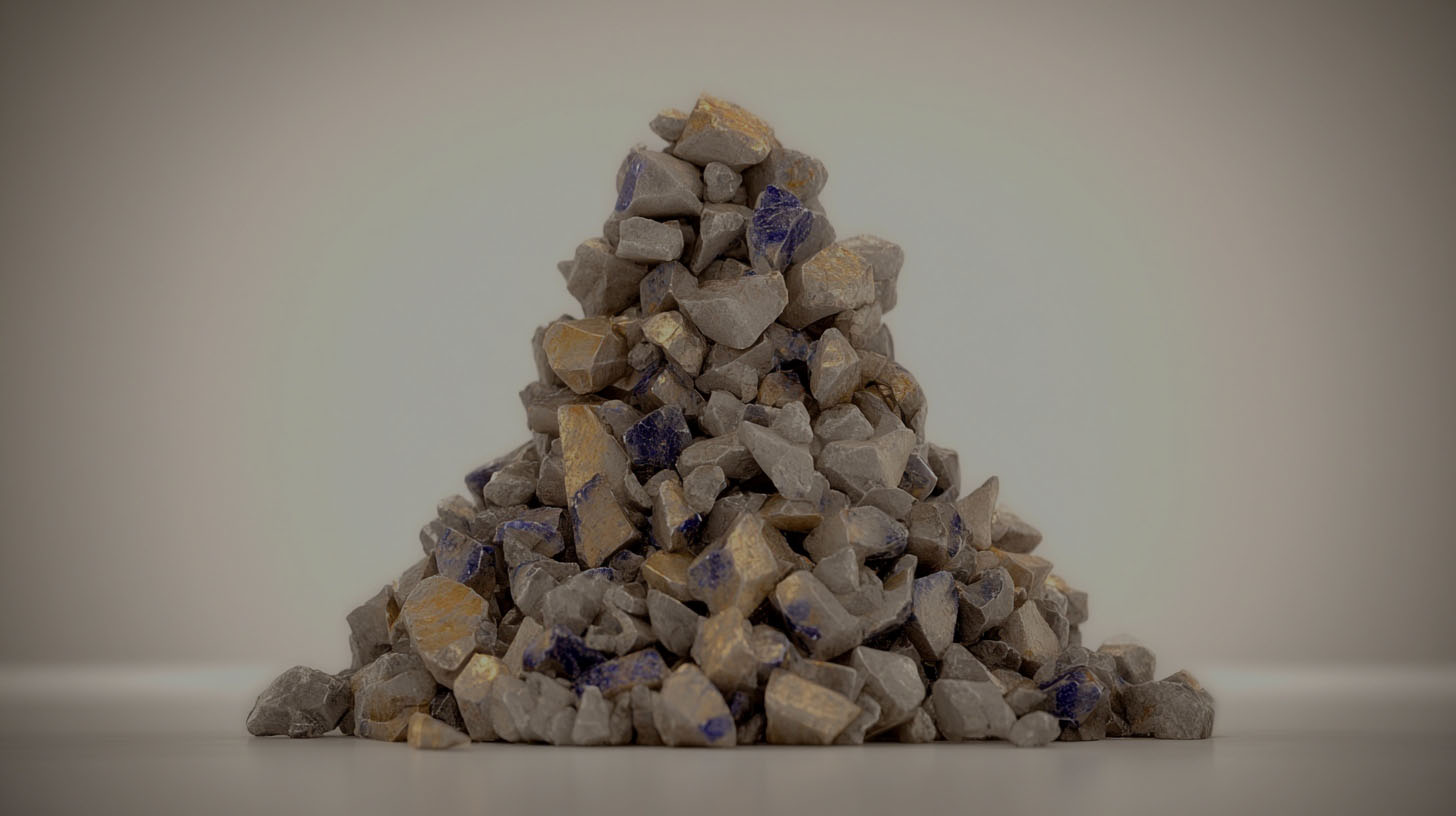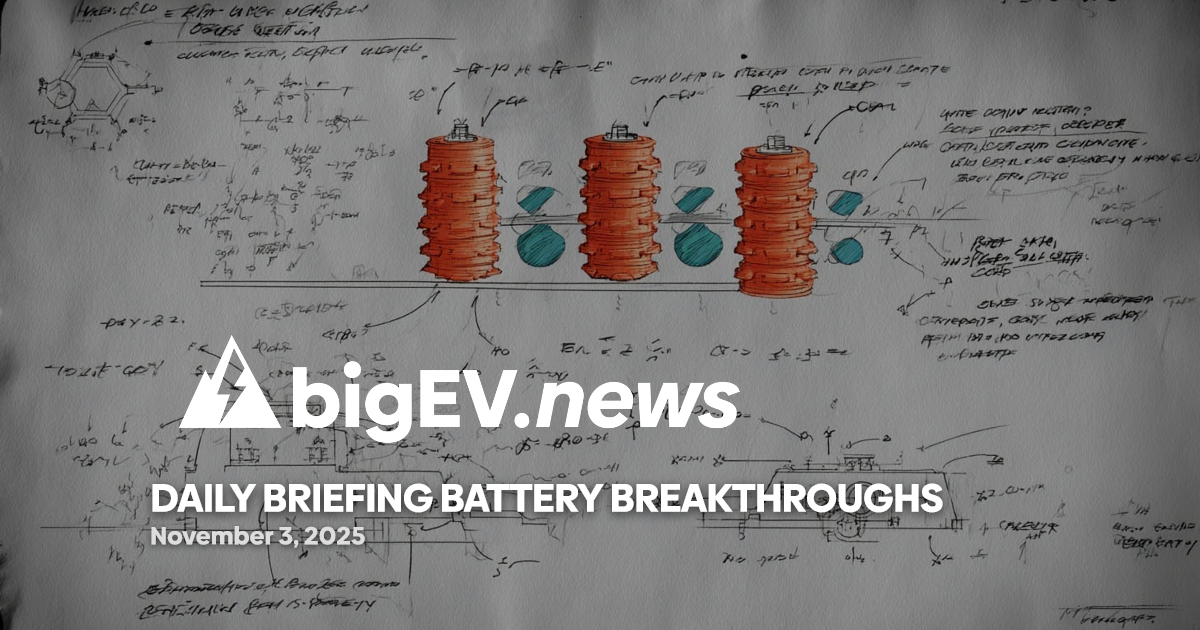Strategic metals and minerals surge to the forefront as nations race to secure supply chains for batteries, energy, and defense systems.
At a glance – The past 24 hours have seen a flurry of activity across the rare earths and critical minerals sector, reflecting the growing urgency among governments and industry to secure the raw materials essential for advanced batteries, renewable energy, and defense technologies. The United States is considering a $5 billion fund to accelerate domestic projects, while global supply chains remain under pressure from geopolitical maneuvering and resource nationalism. These developments underscore the increasingly strategic role of critical minerals in shaping the future of energy and security infrastructure worldwide.
Technology advance – In a significant technological development, researchers have highlighted that America’s vast mine waste may contain untapped reserves of critical minerals, potentially transforming the country’s resource landscape. According to a new study from Colorado State University, advanced extraction techniques could recover rare earth elements and other strategic metals from mine tailings previously considered waste. This breakthrough could reduce U.S. dependence on imported minerals and provide a domestic source for materials vital to electric vehicle batteries, wind turbines, and military applications. The research points to a future where recycling and reprocessing of industrial byproducts become central to the critical minerals supply chain, offering both environmental and strategic benefits.
Partnerships – The United States and Ukraine have announced a new reconstruction fund aimed at boosting mineral development, signaling a deepening alliance in the critical minerals sector. This partnership is designed to support Ukraine’s recovery while leveraging its mineral resources to strengthen Western supply chains. At the same time, the Export-Import Bank of the United States (EXIM) has issued a Letter of Interest for up to $67 million in funding to Sunrise Energy Metals’ Syerston Scandium Project in Australia. This project, now recognized as the world’s largest and highest-grade scandium resource, is expected to play a pivotal role in supplying lightweight, high-strength materials for aerospace, defense, and clean energy technologies. These collaborative efforts reflect a broader trend of international alliances forming to counterbalance China’s dominance in critical minerals.
Acquisitions/expansions – The rare earths industry is witnessing major investments aimed at expanding processing and separation capacity outside of China. MP Materials, a leading U.S. producer, has confirmed plans to invest in the separation of heavy rare earth elements (HREEs), which are crucial for high-performance magnets used in defense and energy systems. While Mountain Pass remains primarily a source of light rare earths, the company’s move signals a strategic shift toward building a full-spectrum supply chain. This expansion comes as China continues to control nearly all downstream processing for heavy rare earths, prompting Western companies to accelerate their own capabilities. The tightening scandium market and rising demand for materials like dysprosium and terbium are driving further investment in extraction and refining projects across North America and Australia.
Regulatory/policy – Policy developments are reshaping the critical minerals landscape, with the U.S. Geological Survey (USGS) releasing its 2025 draft list of critical minerals for public comment. The updated list now includes 54 minerals, reflecting the expanding scope of materials deemed essential for national security and economic competitiveness. Notably, rare earth elements such as neodymium and dysprosium feature prominently due to their role in clean energy and defense technologies. Meanwhile, China has updated its dual-use export rules, streamlining licenses for goods with both civilian and military applications. These regulatory shifts highlight the growing intersection of mineral policy, trade controls, and strategic competition among major economies.
Finance/business – The financial stakes in the critical minerals sector continue to rise, with rare earths like samarium, terbium, and dysprosium ranking among the highest for supply disruption risk according to a new analysis. Market volatility has been exacerbated by China’s recent export restrictions, which sent prices for key heavy rare earths soaring by several hundred percent. This price surge has prompted companies and investors to reevaluate supply chain strategies and seek new sources of raw materials. The tightening market for scandium and other strategic metals is also driving up project valuations and attracting significant capital inflows. As governments and industry respond to these challenges, the financial landscape for critical minerals is becoming increasingly dynamic and competitive.
Sources: strategicmetalsinvest, sciencedaily, energypolicy.columbia.edu, greenworldwide, visualcapitalist, rawmaterials.net








